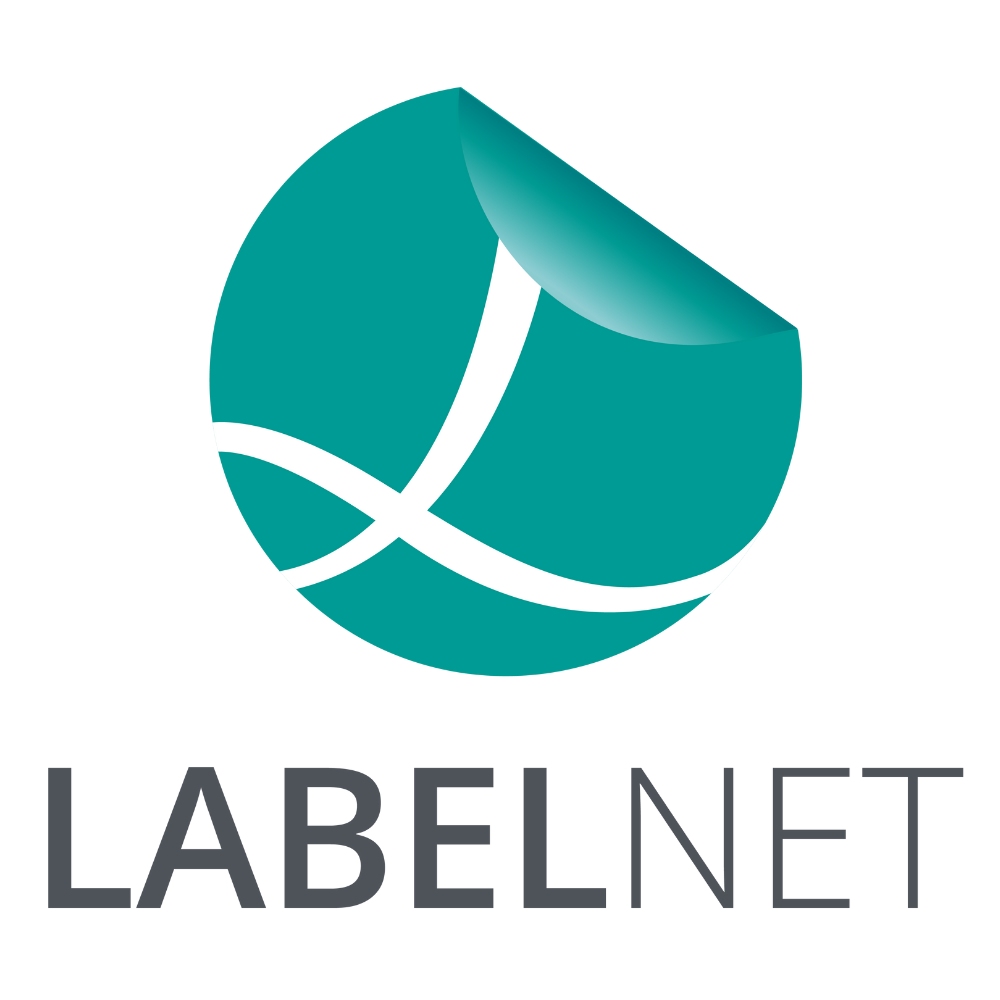A Guide To Meat Labels for Meat Manufacturers
Working with UK meat manufacturers to print and produce their labels we understand that there are some vital checks to ensure the label is going to withstand temperatures, adhere to certain packaging, whilst branding and drawing attention to consumers.
Ensuring longevity, durability, and safety in meat labels is crucial for maintaining product quality and consumer trust. Here are some key elements that meat labels should have:
Waterproof and Moisture-Resistant Materials
Meat products often encounter moisture during storage and transportation. Labels made from waterproof materials, such as vinyl or polypropylene, can withstand exposure to water and moisture without smudging or deteriorating.
Temperature Resistance
Meat products may be stored in refrigerated or frozen conditions, exposing labels to fluctuating temperatures. Labels should be able to withstand these temperature variations without losing adhesion or readability.
Strong Adhesive
Labels need to adhere securely to packaging surfaces to prevent them from peeling off or becoming detached during handling and storage. A strong adhesive ensures that labels remain in place throughout the product's lifecycle.
Fade-Resistant Printing
Exposure to light, especially UV radiation, can cause labels to fade over time, compromising readability and brand visibility. UV-resistant printing inks can help maintain the vibrancy and legibility of labels even when exposed to sunlight.
Food-Safe Materials
Labels used in direct contact with food products must be made from materials that comply with food safety regulations. Ensure that labels are manufactured using food-grade materials that are free from harmful chemicals and contaminants.
-1.png?width=2250&height=400&name=Hubspot%20Blog%20Images%20(7)-1.png)
Clear and Legible Information
Meat labels should provide essential information such as:
- Product Name: Clearly indicate the name of the meat product, including any specific cuts or variations (e.g., "Beef Sirloin Steak," "Pork Sausages").
- Ingredient List: Provide a list of all ingredients used in the meat product, listed in descending order of predominance by weight. This includes any additives, preservatives, or allergens present in the product.
- Net Weight or Quantity: Specify the net weight or quantity of the meat product, typically expressed in metric units (e.g., grams, kilograms) or imperial units (e.g., ounces, pounds).
- Nutritional Information: Include a nutrition facts panel that provides information on the product's nutritional content, including calories, total fat, saturated fat, cholesterol, sodium, carbohydrates, dietary fiber, sugars, and protein per serving.
- Allergen Information: Highlight any allergens present in the meat product, such as wheat, soy, milk, eggs, nuts, or shellfish. Use clear and conspicuous language to alert consumers to the presence of allergens.
- Country of Origin: Specify the country or countries where the meat product was sourced or produced. Country of origin labelling regulations may vary depending on the jurisdiction.
- Handling and Storage Instructions: Provide instructions for proper handling, storage, and preparation of the meat product to ensure food safety and quality. This may include recommendations for refrigeration, freezing, cooking temperatures, and storage duration.
- Safe Handling Instructions: Include safe handling instructions to minimize the risk of foodborne illness. This may include reminders to wash hands, utensils, and surfaces thoroughly after handling raw meat and to cook meat products to a safe internal temperature.
- Expiration Date or Use-By Date: Clearly indicate the expiration date or use-by date of the meat product to inform consumers of its shelf life and ensure freshness and safety.
- Labelling Claims and Certifications: If the meat product makes any specific claims or certifications (e.g., organic, grass-fed, hormone-free), ensure that these claims are substantiated and compliant with regulatory standards.
- Contact Information: Provide contact information for the manufacturer, distributor, or retailer, including a physical address or website where consumers can obtain additional information or report issues with the product.
Utilising high-quality printing techniques and fonts enhances readability and ensures that vital information is easily accessible to consumers.

Tamper-Evident Features
To guarantee product integrity and safety, consider incorporating tamper-evident features into meat labels. These features, such as perforations or tamper seals, indicate if the packaging has been tampered with, alerting consumers to potential contamination.
Compliance with Regulatory Standards
Meat labels must comply with relevant regulatory standards and guidelines set by food safety authorities. Ensure that labels include all mandatory information required by law and adhere to specific labelling requirements for meat products.
Get In Touch
By incorporating these elements into meat labels, manufacturers can ensure the longevity, durability, and safety of their packaging while maintaining consumer confidence and satisfaction.
If you would like to receive a quote for your meat labels get in touch with our team who would love to help.



